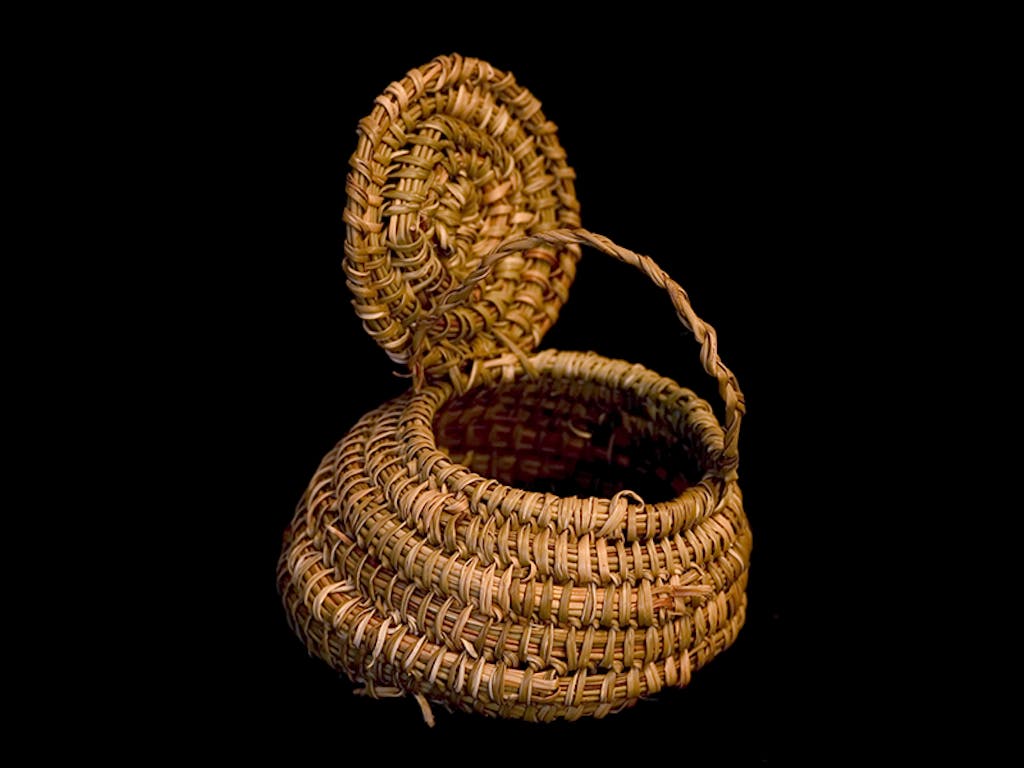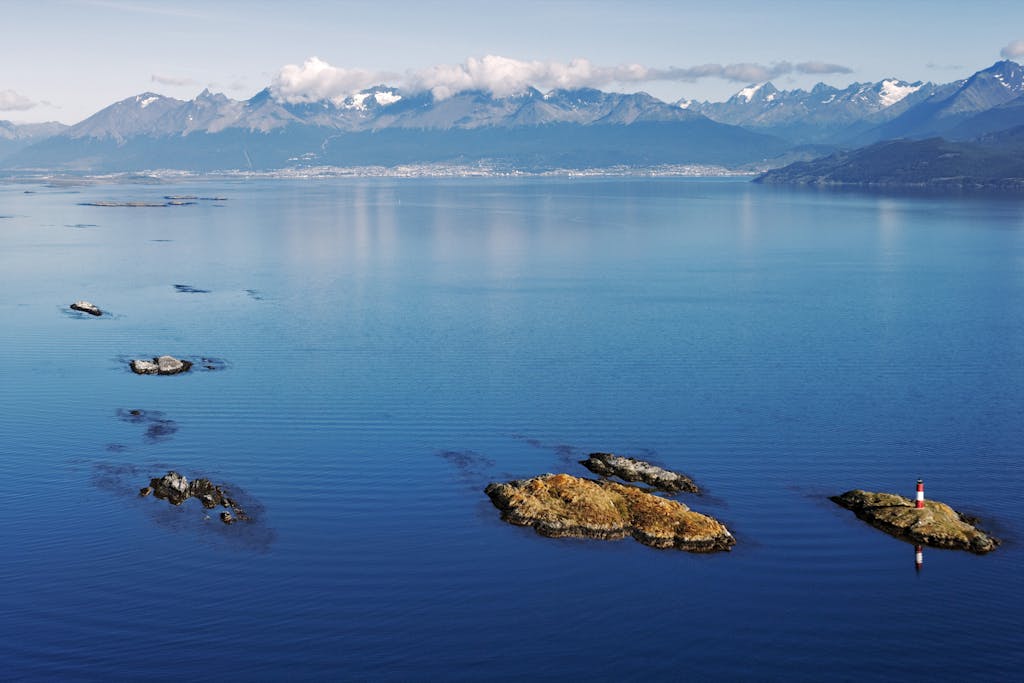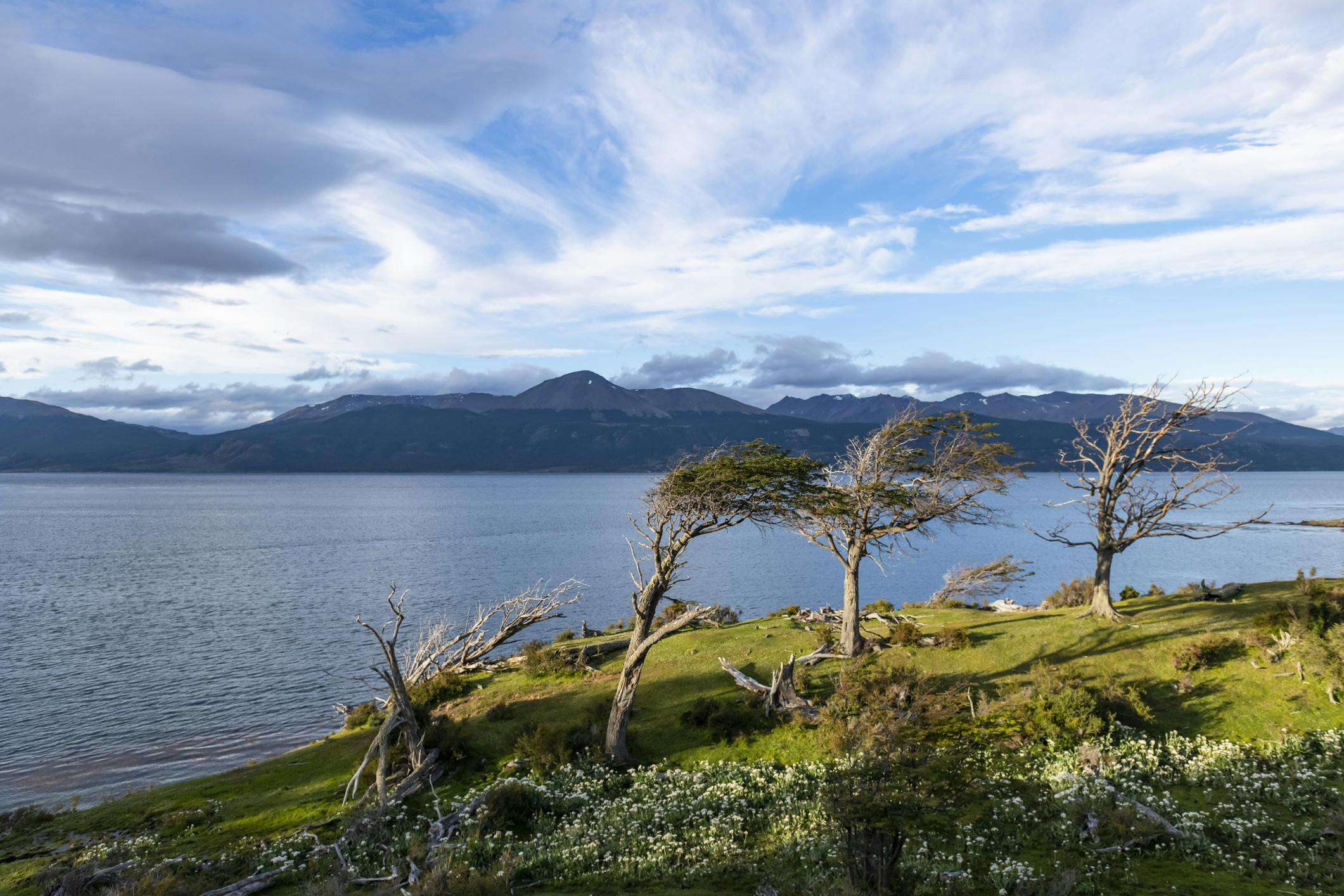3 Things to See and Do in Chile’s Puerto Williams
Chile’s Puerto Williams and Argentina’s Ushuaia continually arm wrestle over which is the southernmost spot in the world. The answer lies in your interpretation of “spot.” If you think it means city, yes to Ushuaia. But if you think town or settlement is correct, Puerto Williams, a village of 2,800, wears that more intimate crown (though Chile officially designated it as a city in 2019).
And what a crown to wear. Soon it can boast that it’s home to The Cormorant at 55 South, a new luxury lodging designed for Silversea guests who are traveling to Antarctica. It will be the Southernmost Hotel on Earth.
Puerto Williams itself is a relatively modern settlement, having been founded first as Puerto Luisa in 1953. Its current name celebrates John Williams, an English sailor, who, according to InnerPatagonia.com, took possession of the Strait of Magellan on behalf of the Chilean government on board the schooner called Ancud in 1843.
Still, there are layers of history here that go back 6,000 years when the region was inhabited by the Yaghan people.
Besides saving time, a trip that includes Puerto Williams introduces guests to a place of mystery, majesty and history. Here are three must-sees for your stay.
Dientes de Navarino

If you’re an accomplished hiker, a trek in the Dientes de (Teeth of) Navarino is a must. If you’re just a so-so hiker, you can try a shorter hike or admiring the Dientes from afar.
Most of us, however, will be happier with somewhat less ambitious hikes. A two-mile hike to the Cerro Bandera promises take-your-breath-away vistas, although caution, again, is encouraged. Or you can ponder the jagged formations from terra firma below. These aren’t the Alps – these mountains generally are 4,000 feet tall or less, compared with, say, the Swiss-Italian Matterhorn, which tops out at more than 14,000 feet. Height isn’t the issue in the Dientes; tempestuous weather, mud and rocks, scarce signage and minimal conveniences are more of a challenge.
You can also try the Parque Municipal Ukika, which features trails in a lush Magellanic forest, some of which are over wooden pathways.
Whichever way you choose to meet these mountains, anyone can photographically capture this show-stopping range from above or below.
Learning about the early peoples of Tierra del Fuego

Puerto Williams, which is part of the region of Tierra del Fuego, has been inhabited for over 10,000 years by the Yaghan people (a small group still resides in the area), and The Martin Gusinde Anthropological Museum draws praise for its intriguing, professional presentation of their history. The Yaghan were nomadic but, unlike other tribes, traveled by water, earning the moniker “canoe people.”
The museum, named for a Polish-Austrian priest and ethnologist who studied the Yaghan and other South American cultures, strives to broaden the understanding of the people of Tierra del Fuego, especially the Yaghan, who numbered about 3,000 in the 1800s but whose population has declined sharply.
Gusinde’s research also shone a light on the natural aspects of the area. The museum reminds visitors of the importance of the anthropological and natural riches that help preserve the ties to a 10,000-year-old history in words and photographs.
Beagle Channel

The area’s Beagle Channel, named for the British Royal Navy ship HMS Beagle that carried Charles Darwin on his “Origin of Species” adventures, rests at the tip of South America. The strait is 150 miles long but only three to eight miles wide. Isla Grande de Tierra del Fuego is the largest island, separating the passageway from other, smaller islands, including Navarino, home to Puerto Williams.
A journey in the strait is rich with animal life, reason enough to take a day tour from Puerto Williams. Among the wildlife you may see: dolphins, porpoises, sea lions, seals, several varieties of penguins as well as cormorants, Andean condors and other birds.
Which adventure you choose depends on how much time you have here, but the channel’s denizens and its history, never mind experiencing another “southernmost in the world,” may tilt you toward channeling the channel in person.
